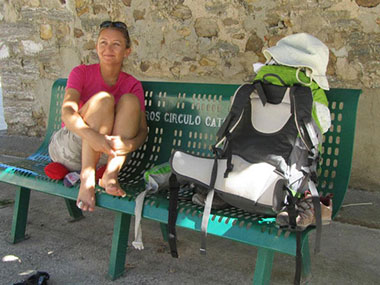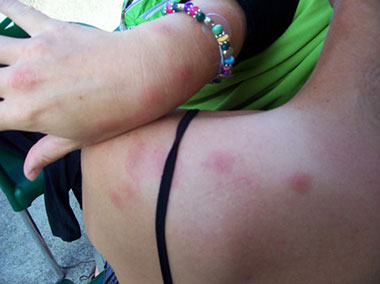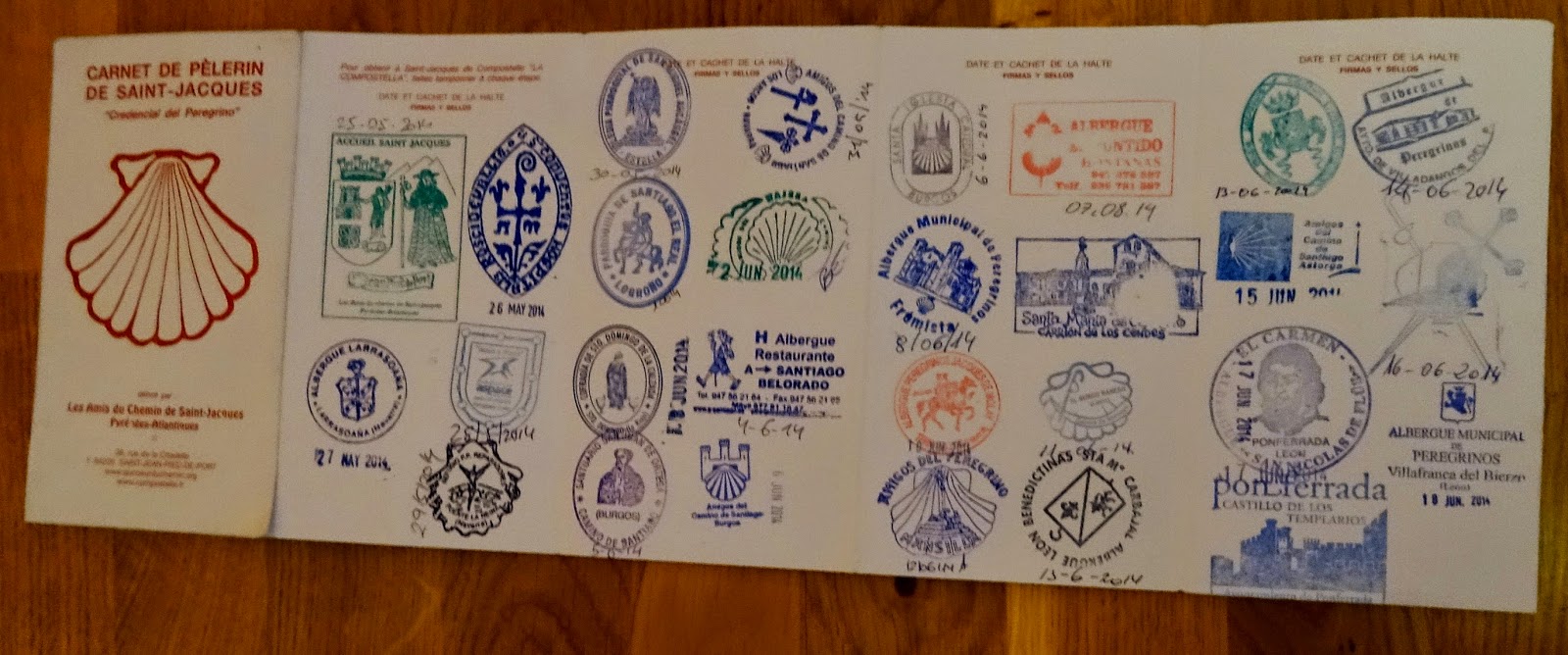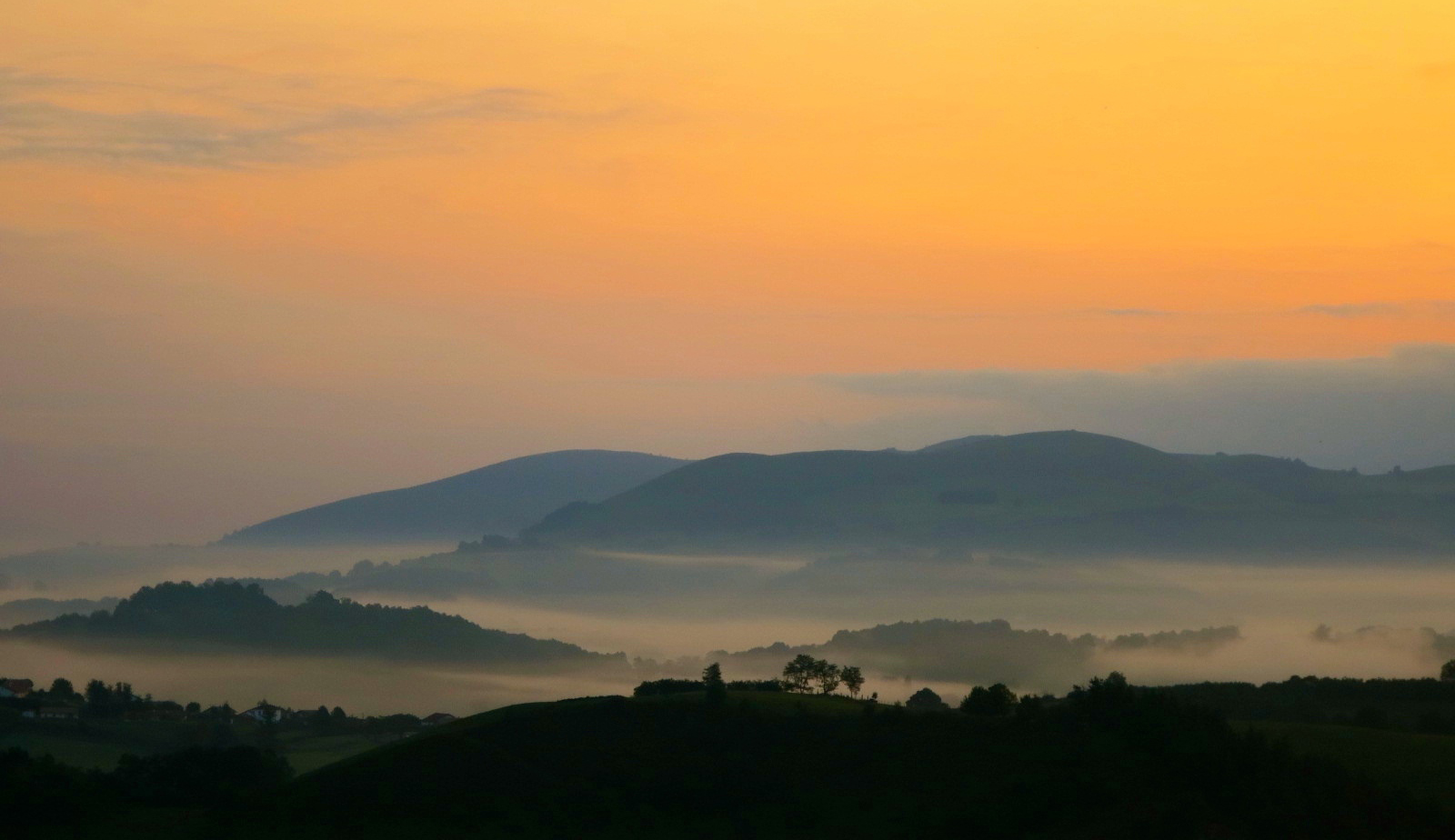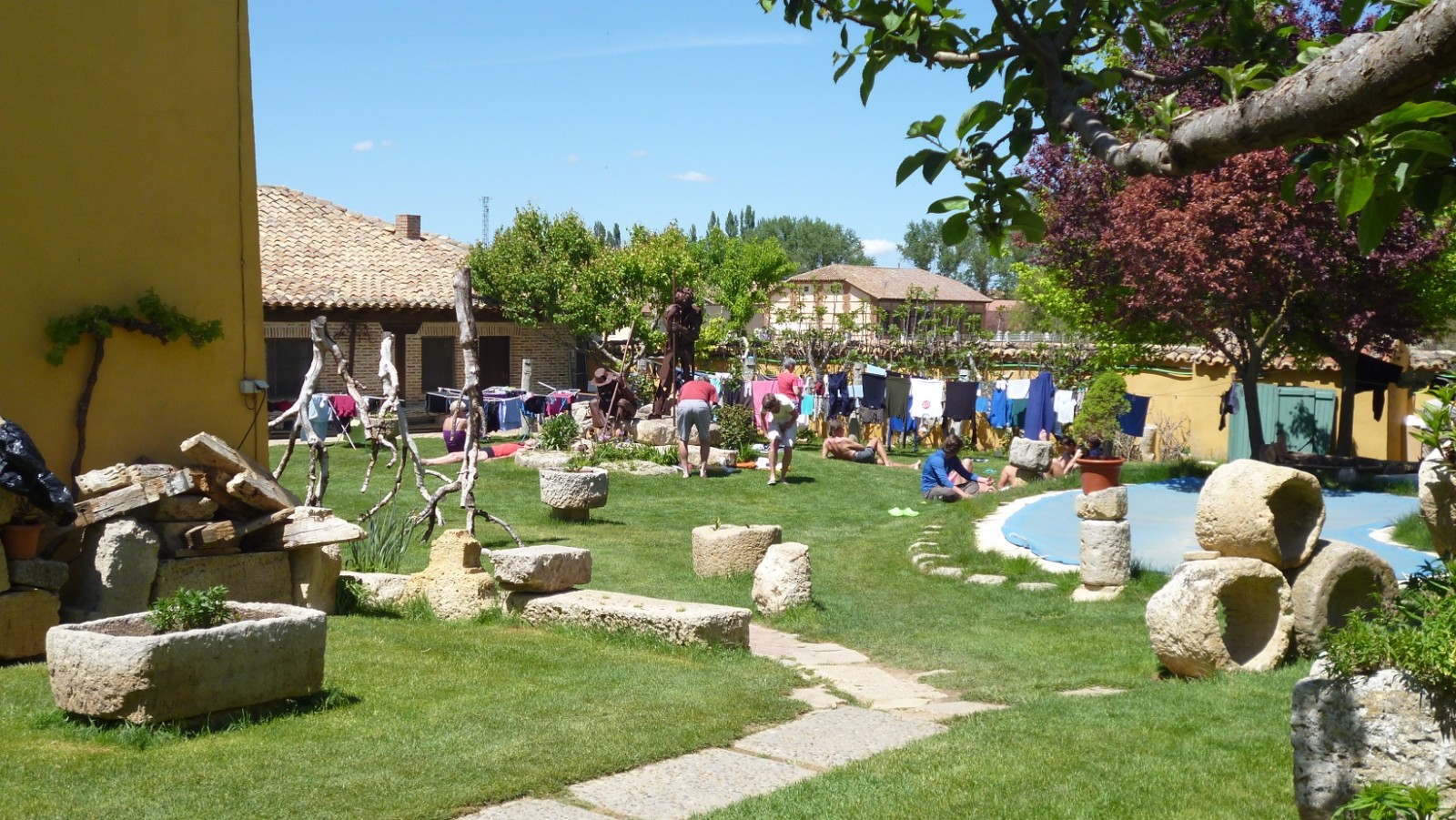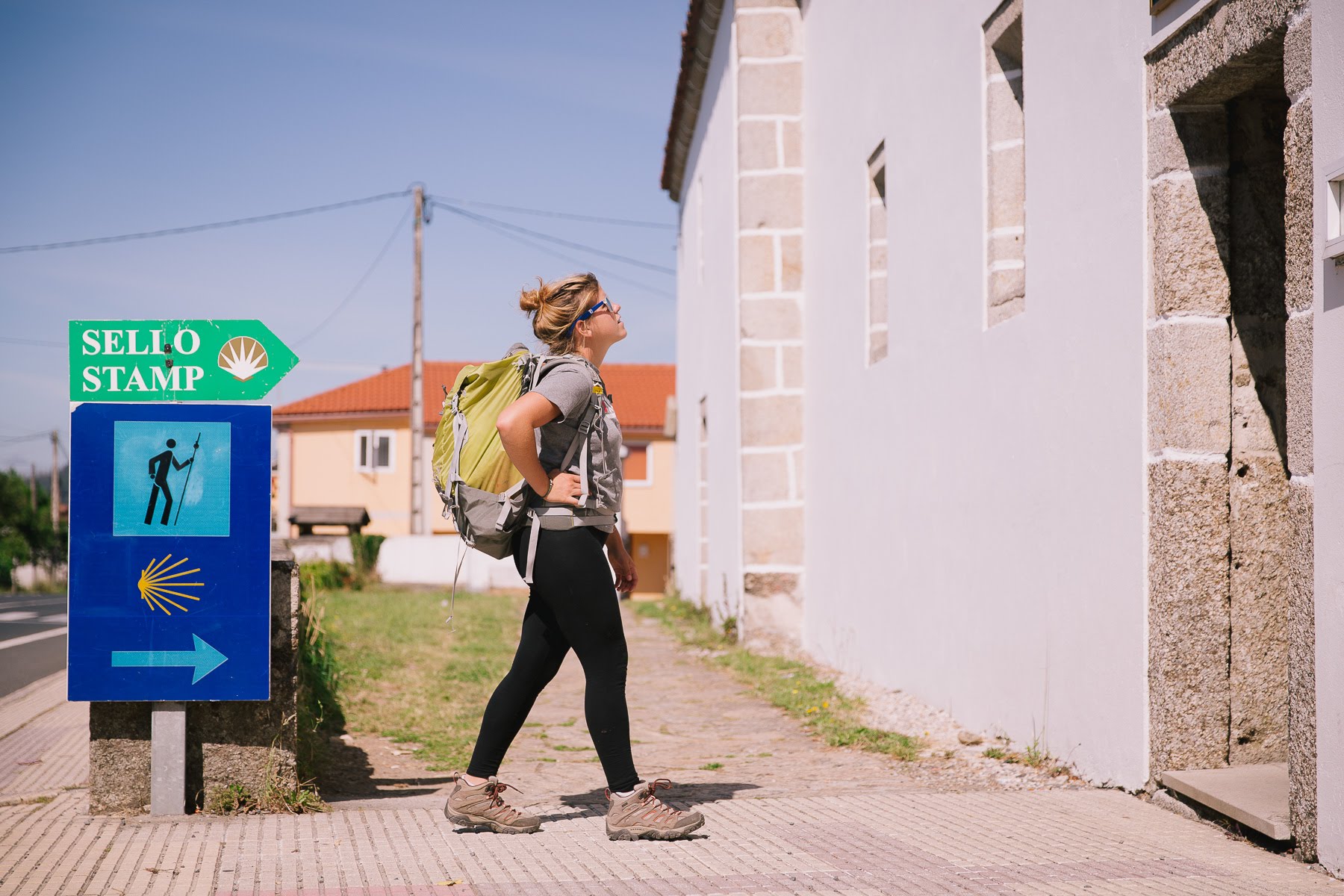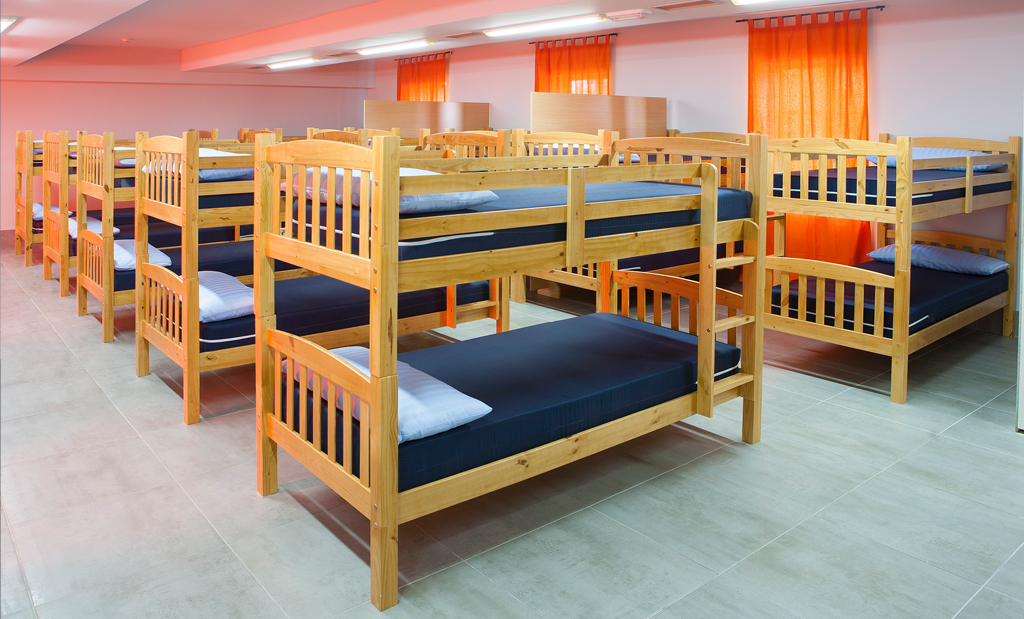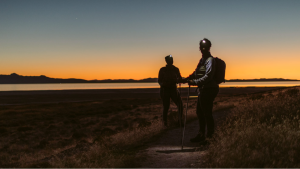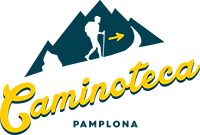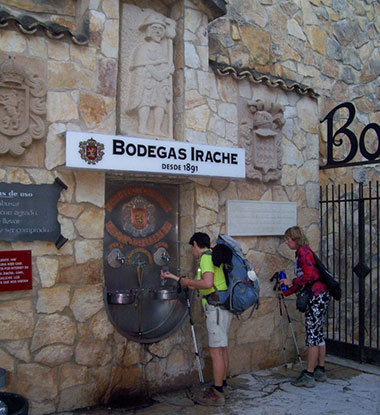
The best solution is a camel bag (also known Camelback hydration system) which is normally built in a backpack or waist pack containing a reservoir or “bladder” commonly made of rubber or flexible plastic. The camel bag is connected to a drinking tube. For walking on the Camino you only need a “naked” reservoir what you can take into your backpack with a long drinking tube. The big advantage of this system is that it allows the wearer to drink hands-free. Recommended reservoir size range from 1.5 to 2.0 liters. 2 x 600-800 ml drinking bottles also work well. They are easy to handle, fit easily in the side pouch of your bag and can be carried in your hands if needed. It doesn’t matter if the bottles are made of plastic or alu both are light enough. You can also hang your drinking bottle to your strap with a carabiner, otherwise don’t forget, that anytime you want to drink, you have to take them off from your backpack or pouch of your bag. If you don’t want to buy a special bottle, you can use 2x500ml ordinary plastic bottles. They are also easy to handle, easy to change when it is damaged, but not eco-friendly at all.

